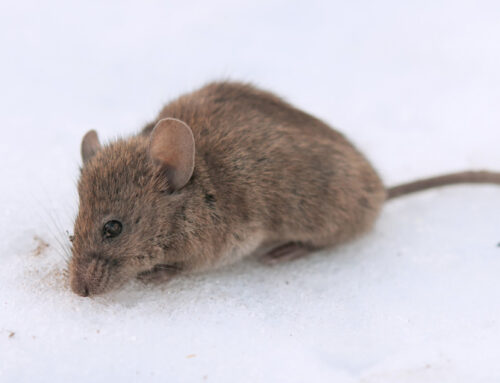As winter’s cold embraces our homes, they become a sanctuary not only for us but also for unexpected visitors – ladybugs and stink bugs. Think twice before squashing that stink bug on your wall; their name hints at the unpleasant odor they emit as a defense.
And those eye-catching ladybugs, despite their appealing appearance, can be surprisingly nippy.
These critters, often hidden in our walls during the chillier months, may wander into our living areas, shifting from fascinating creatures to annoying intruders. Common in many homes, it raises the question: are these insects just a minor annoyance, or do they present a bigger issue? And what are the best ways to handle their unwelcome stay during the off-season?
Getting to Know Stink Bugs and Ladybugs
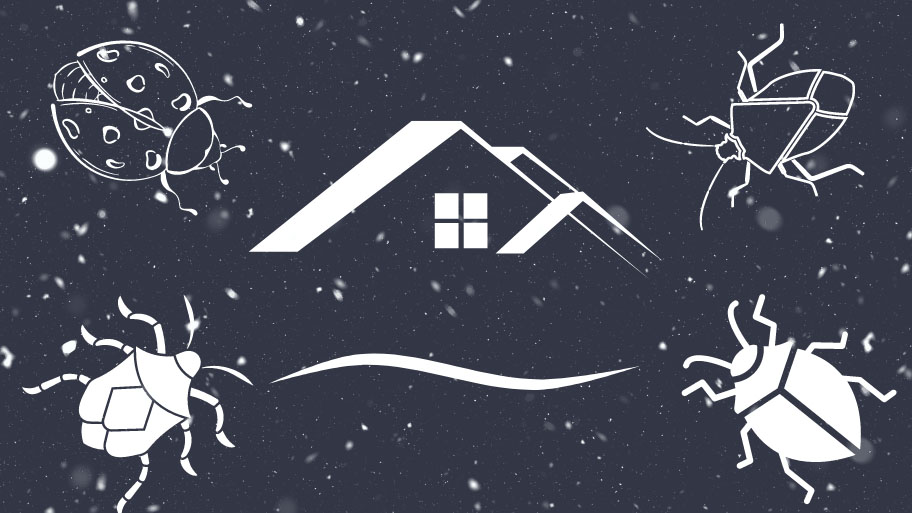
The Characteristics of Stink Bugs
Scientifically termed Halyomorpha halys, stink bugs are known for their distinctive defensive smell. These insects, usually brown or gray and about half an inch in size, have a shield-like shape.
Though not originally from many areas, they’ve become familiar pests in homes. Stink bugs, typically outdoor dwellers feeding on fruits and crops, seek indoor refuge when temperatures drop. Their home invasion is more about seeking warmth than causing damage.
Stink bugs don’t bite or transmit diseases, but their large-scale intrusion can be bothersome. Their notorious odor, released when they feel threatened or are crushed, is their most notable and unwelcome trait in our living spaces.
The Brown Marmorated Stink Bug Issue
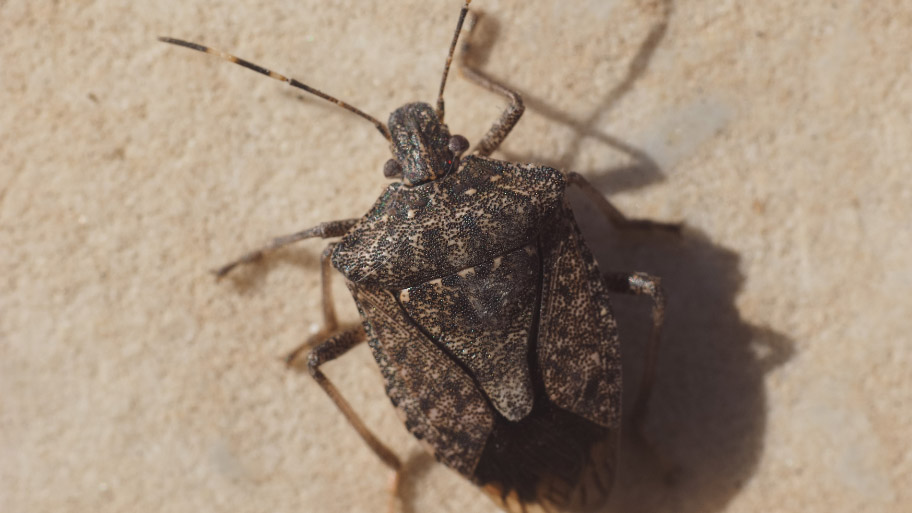
The Brown Marmorated Stink Bug, a notable member of the stink bug family, has become a concern for both households and agriculture.
Originally from Asia, this species has found its way to various temperate regions. These bugs are recognizable by their mottled brown appearance and distinctive white bands on their antennae and legs. In residences, they’re commonly found in attics, walls, and crawl spaces, seeking shelter from the cold.
While they’re not known to harm building structures, the sheer quantity of these bugs can be quite daunting. Their infestation in homes turns problematic primarily because of the strong odor they release when agitated or crushed. This characteristic makes them especially irksome pests during their periodic appearances.
Multicolored Asian Lady Beetle
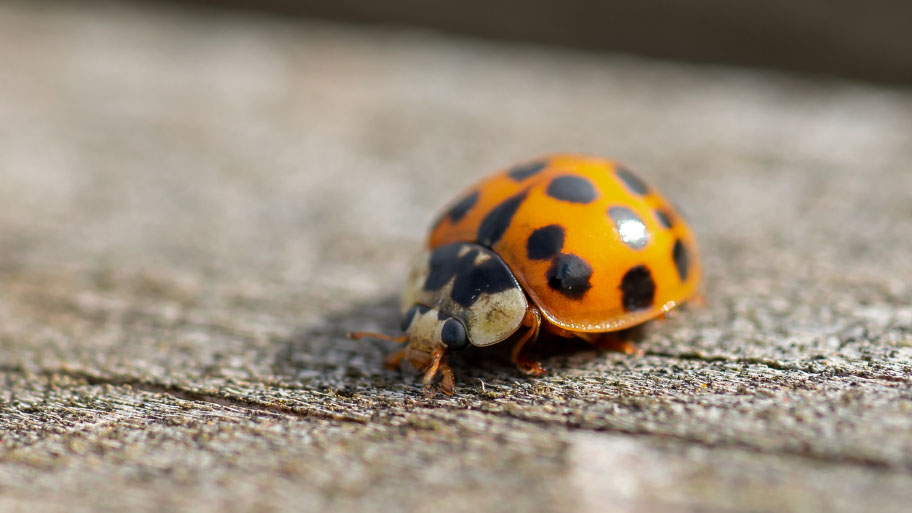
The Multicolored Asian Lady Beetle, often confused with the common ladybug, is a frequent uninvited guest in homes. Their color ranges from yellow to red and they may have various spots.
These beetles, unlike the typical harmless ladybug, can nip, causing minor discomfort. They’re beneficial outdoors, preying on aphids and other garden pests, but become problematic when they gather in large numbers inside homes during winter.
Drawn to light-colored structures and sunlit windows, these beetles don’t damage the structure of buildings. However, their swarming behavior and the release of a yellow, odorous fluid can be a source of annoyance for many homeowners.
Proactive Steps to Deter Pests
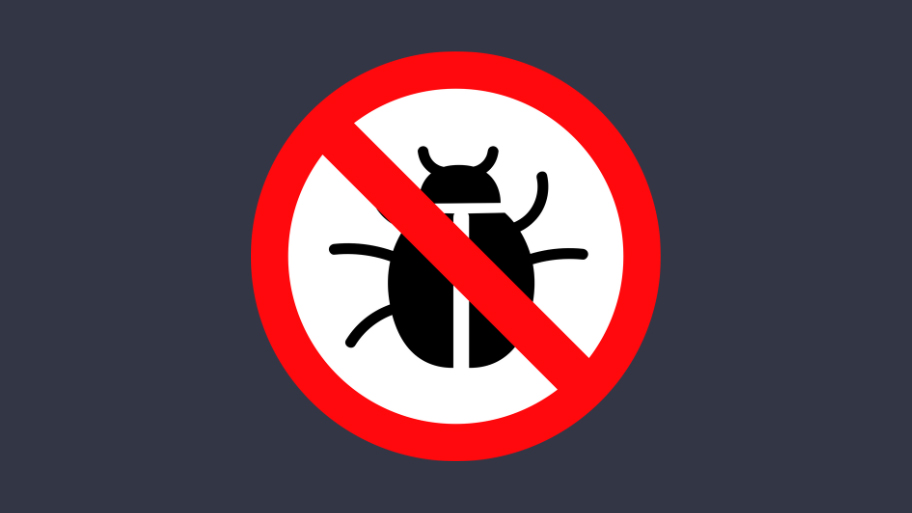
1. Sealing Entry Points
An effective strategy to combat stink bugs and ladybugs is to block their access points. These insects often enter through small openings around windows, doors, and the building’s foundation.
Regularly inspecting and sealing these small openings with appropriate materials like caulk or weather stripping is key. This action significantly lowers the possibility of pest intrusion into your home. Adopting this preventive approach is vital for fostering a living space less troubled by these pests.
2. Mending Screen Gaps
Another effective preventive measure is repairing any holes in window and door screens. Over time, screens can develop tears or gaps that are perfect entryways for these tiny invaders.
Regularly checking and repairing these screens not only improves ventilation but also acts as a barrier, preventing stink bugs and ladybugs from entering your home while allowing fresh air to circulate.
3. Utilizing Natural Deterrents
Leverage nature’s solutions with eco-friendly repellents against stink bugs and ladybugs. Wintergreen oil’s refreshing scent naturally deters these insects, making your home less inviting to them.
A homemade garlic spray, soaked in water, can act as a potent repellent. Neem oil, known for its unique smell, is also an effective deterrent, discouraging these bugs from settling in your home.
4. Implementing Physical Barriers
Physical barriers can be a straightforward yet effective defense against pests. Placing dryer sheets near potential entry points can repel insects due to certain compounds they contain.
Using sticky traps like fly tape or duct tape around these areas can also be a practical solution, trapping pests before they infiltrate further into your home.
Eco-Friendly Ways to Tackle Pests
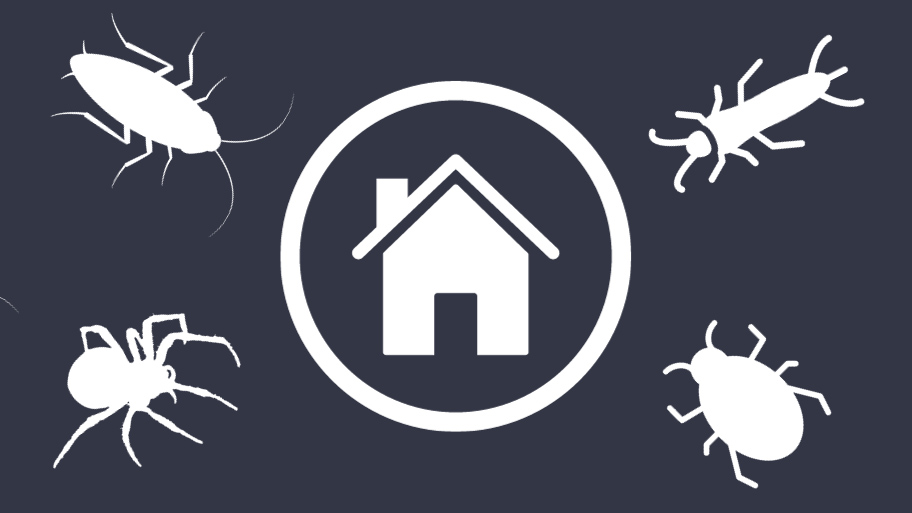
1. The Power of Diatomaceous Earth
Diatomaceous Earth is a game-changer in the natural fight against stink bugs and ladybugs. This gentle powder, born from ancient diatoms, is a safe bet for your family and pets, yet it’s a nightmare for tiny pests.
How exactly does Diatomaceous Earth work? It’s pretty straightforward: this natural powder weakens the insects’ outer shell, causing them to dry out and perish.
All you need to do is lightly dust Diatomaceous Earth around common entry spots like windows and doors. This creates an invisible yet powerful shield. Perfect for those who prefer a more gentle, eco-friendly approach, it’s an excellent way to keep those annoying bugs at bay, ensuring your home remains a safe and pest-free sanctuary.
2. Leveraging Light to Deter Pests
Grasping how stink bugs and ladybugs are attracted to light is crucial for effective pest control. These insects are instinctively drawn to bright areas, especially during evening hours.
To use this knowledge to your benefit, try reducing outdoor lighting and closing curtains as night falls.
This straightforward measure can significantly decrease your home’s appeal to these pests, curtailing their invasions. It’s a strategy that works with their natural tendencies, providing a subtle but efficient way to control their presence in your home and its surroundings.
3. Utilizing Light Traps for Pest Control
Light traps offer a clever solution to harness the light-attracted nature of these pests. By drawing insects in with a light source, these traps then capture them effectively.
Strategically placing these traps in areas with frequent pest activity, like basements, garages, or attics, can significantly reduce their presence.
Since these pests are more active at night, they’re naturally drawn to the traps, making this method an effective and eco-friendly choice for pest management. Light traps are an excellent option for those looking for a humane and sustainable way to handle home infestations.
4. Vacuuming for Efficient Pest Removal
Using a vacuum cleaner is a practical and immediate way to eliminate stink bugs and ladybugs from your home. This method is especially useful for swiftly dealing with large numbers or reaching pests in hard-to-access areas.
After vacuuming, it’s important to promptly dispose of the vacuum bag or contents outside, ensuring the pests don’t find their way back in. This technique is quick, effective, and free of chemicals, making it a great choice for homes, particularly those with children and pets.
Regular vacuuming not only addresses the immediate pest problem but also contributes to overall cleanliness, which in turn helps prevent future pest incursions.
When to Opt for Professional Pest Control
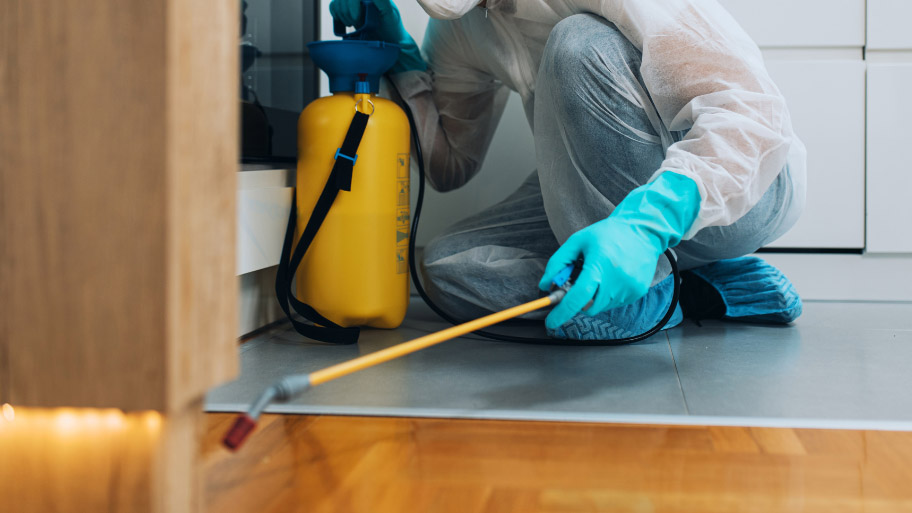
When Home Strategies Fall Short
Sometimes, DIY methods may not suffice in managing stink bugs and ladybugs. It’s crucial to recognize when it’s time to call in professionals. You might need expert help if:
In these situations, turning to professional pest control services becomes a sensible choice. These experts provide thorough treatments often more successful and enduring than at-home approaches, especially in cases of significant infestations.
Expert Pest Control: Your Solution to Persistent Pests
When your own efforts just don’t cut it, it’s time to call in the pros at Bobcat Pest Management. With a team rich in experience and savvy in eco-friendly methods, we’re your go-to for tackling stink bugs and ladybugs. Here’s what they bring to the table:
Turning to Bobcat Pest Management for those tough, recurring pest problems is a wise choice for a tranquil, secure home. Our expertise in managing these specific pests means you can enjoy a home that’s both serene and free from unwanted guests.
Key Strategies for a Pest-Free Home
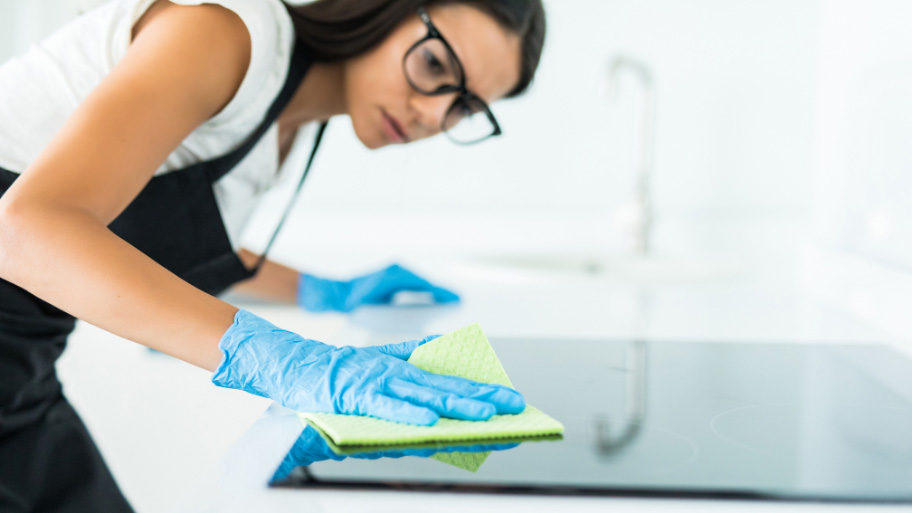
As we conclude, let’s recap the vital steps to keep your home free from pests like stink bugs and ladybugs. These tips are essential for a peaceful living environment:
Implementing these methods will help you effectively control and prevent infestations of stink bugs and ladybugs. Consistency and timely action are crucial for maintaining a welcoming yet pest-free home.
About the Author
Derek Brownmiller, Area Manager at Bobcat Wildlife & Pest Management, leads with 16+ years in wildlife and pest control. Licensed and experienced, his Iowa City-based team excels in comprehensive, customer-focused solutions. Their mission: superior service in Iowa City and beyond, ensuring homes are safe from wildlife and pests.

